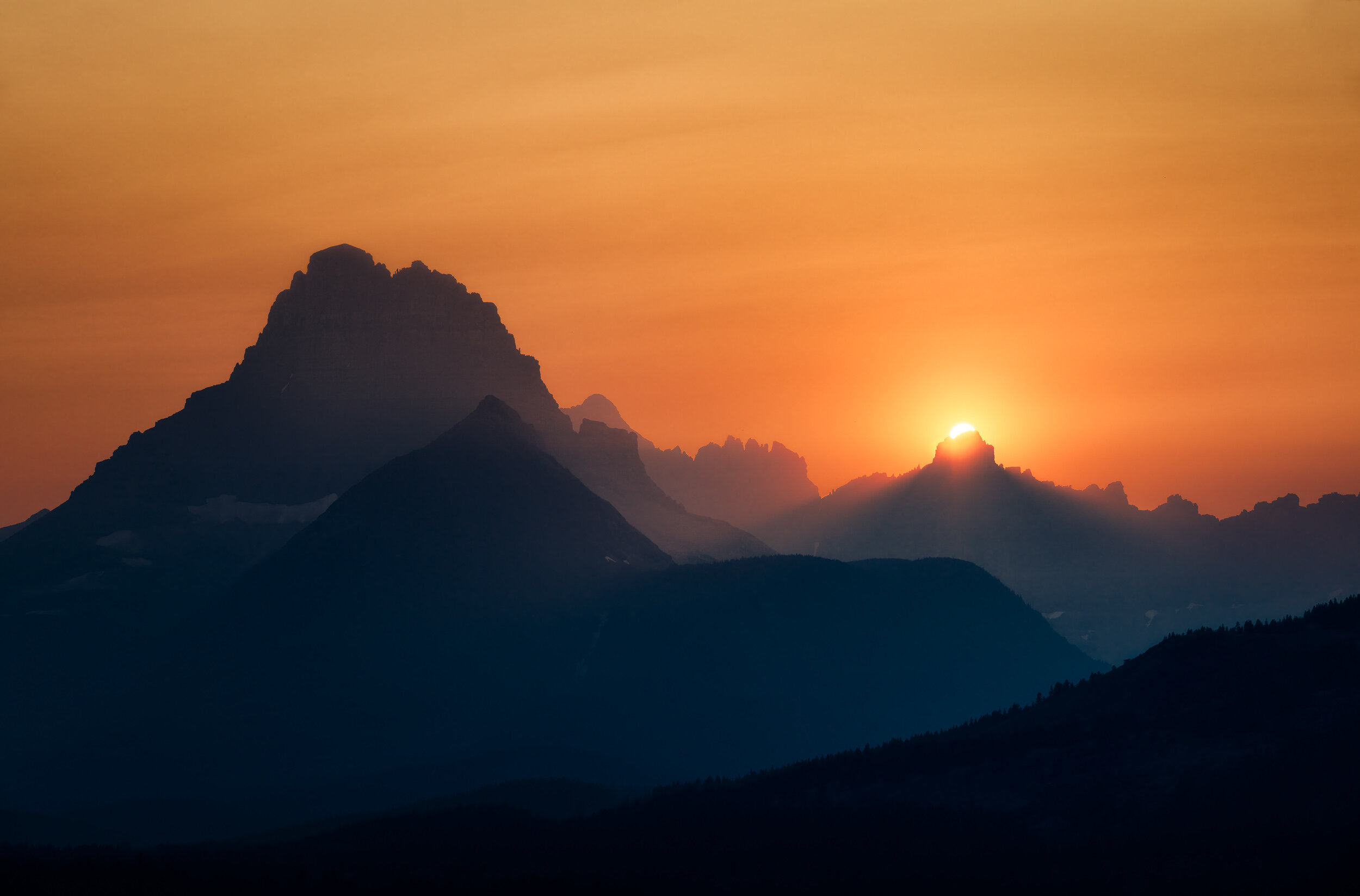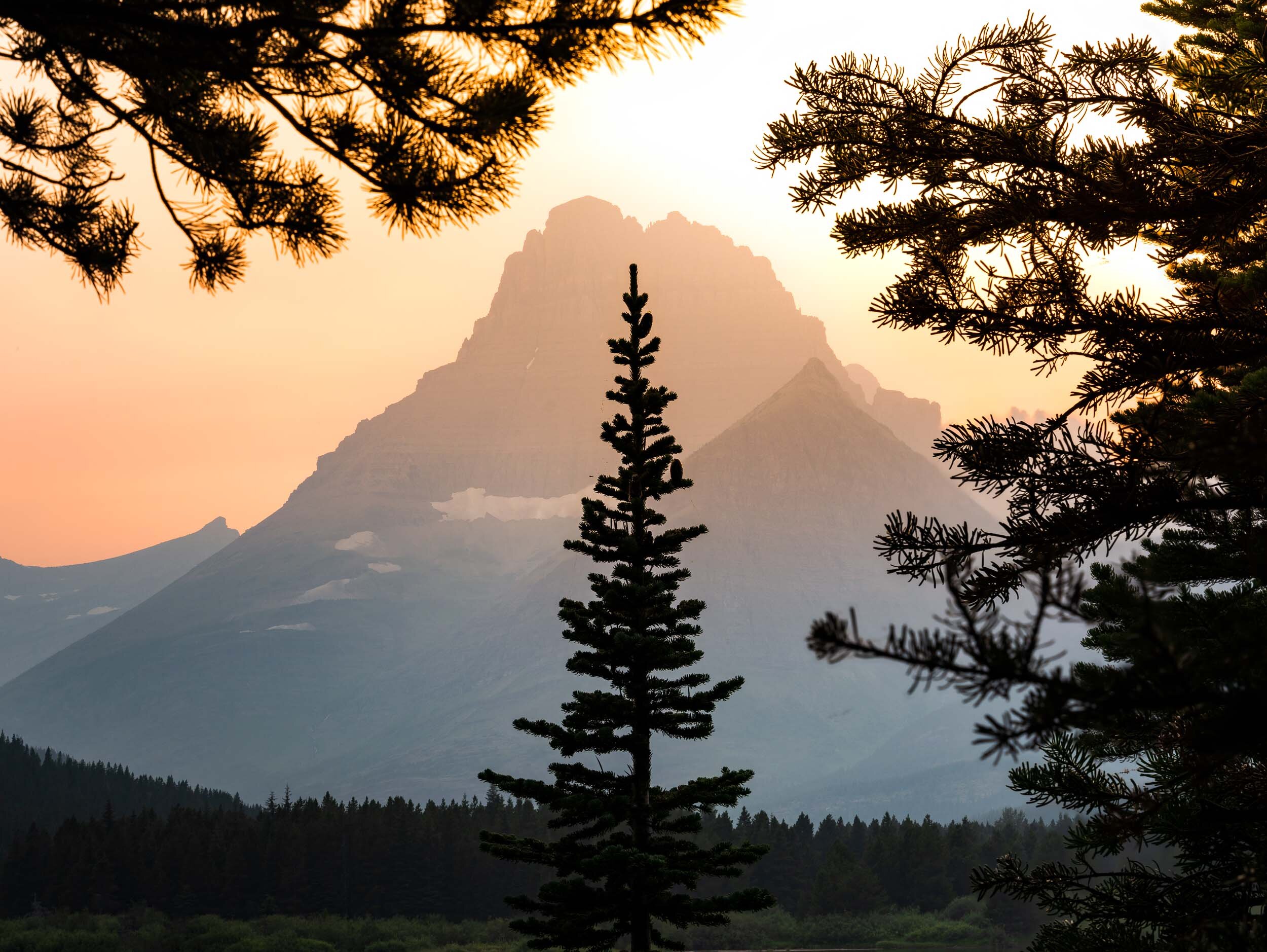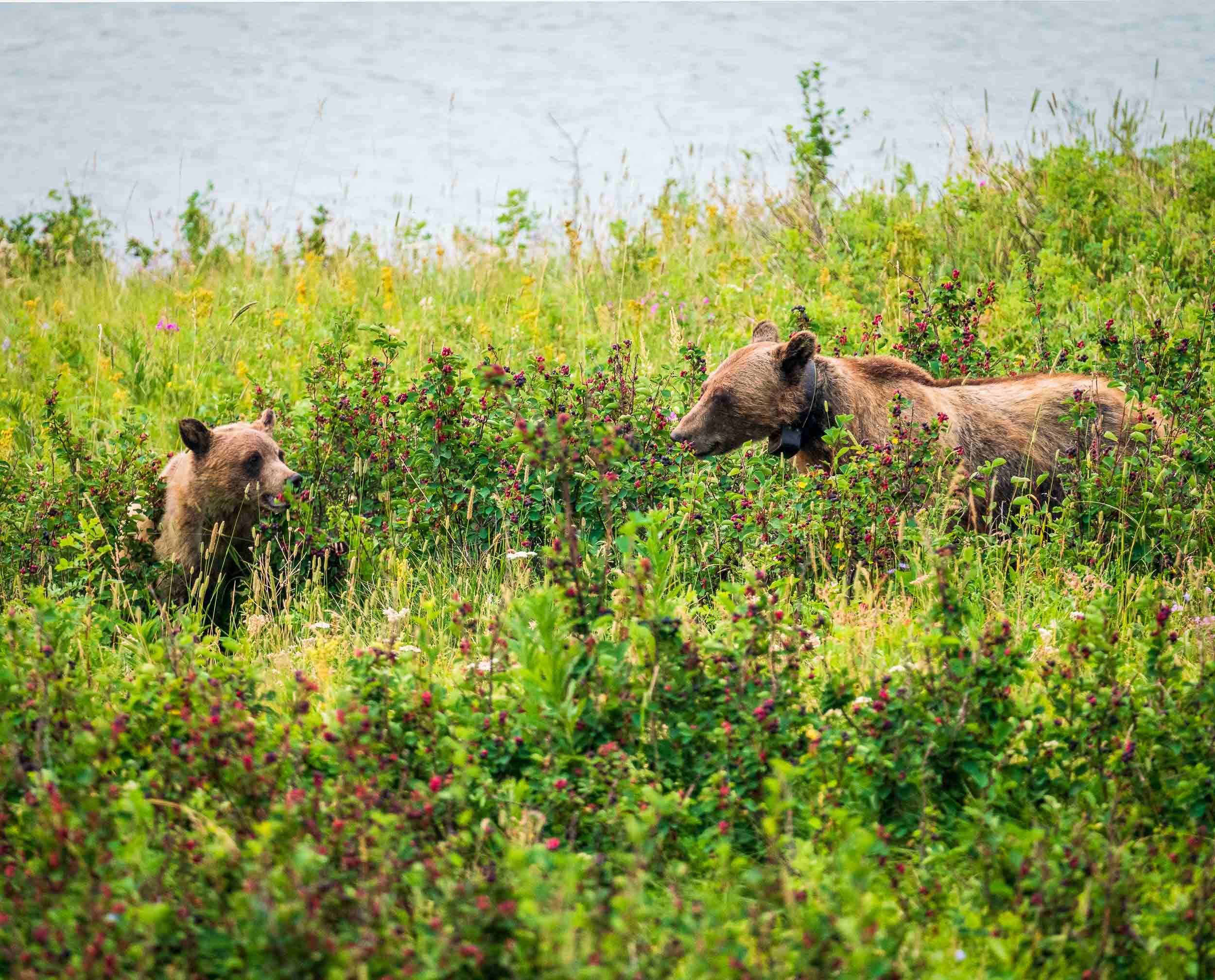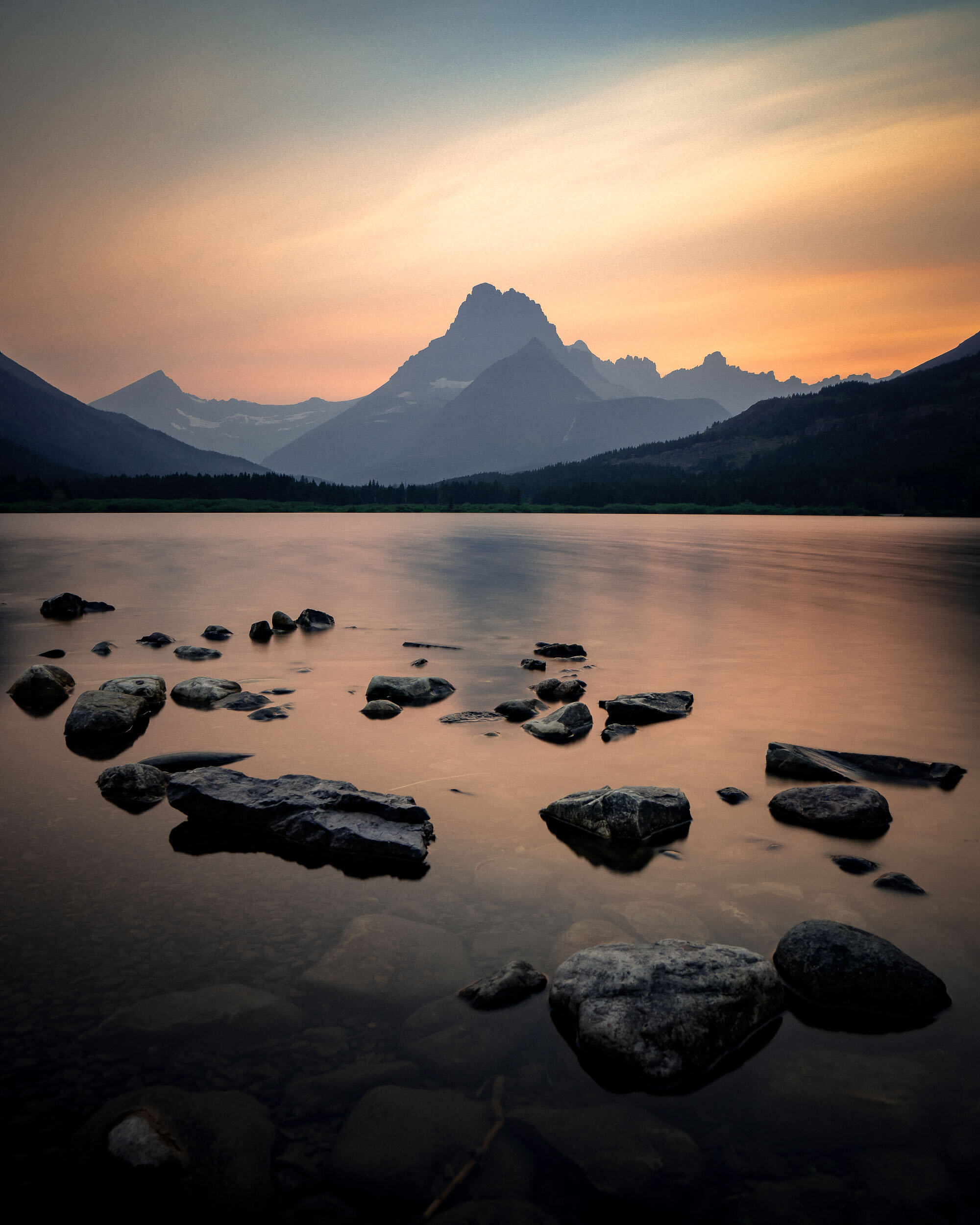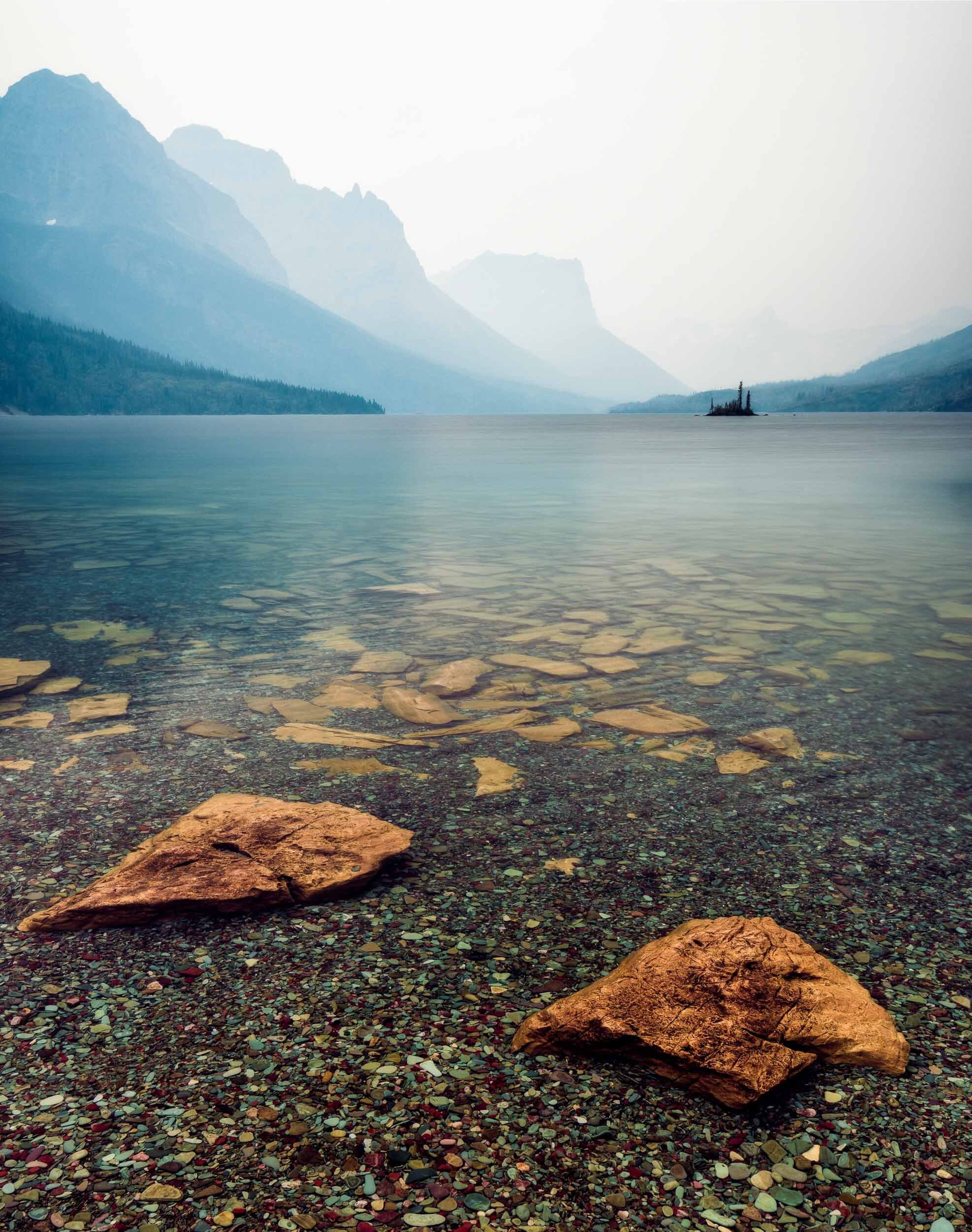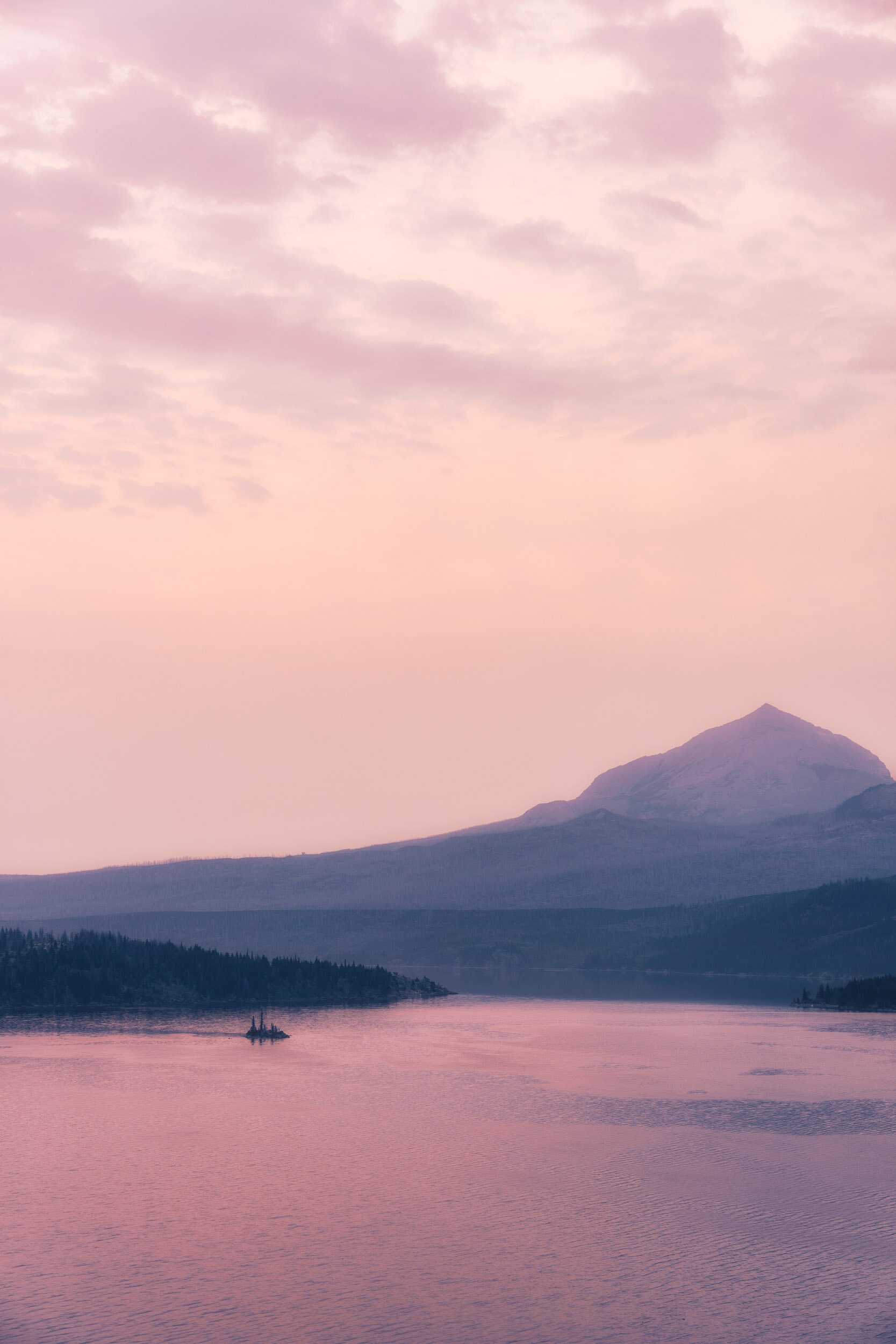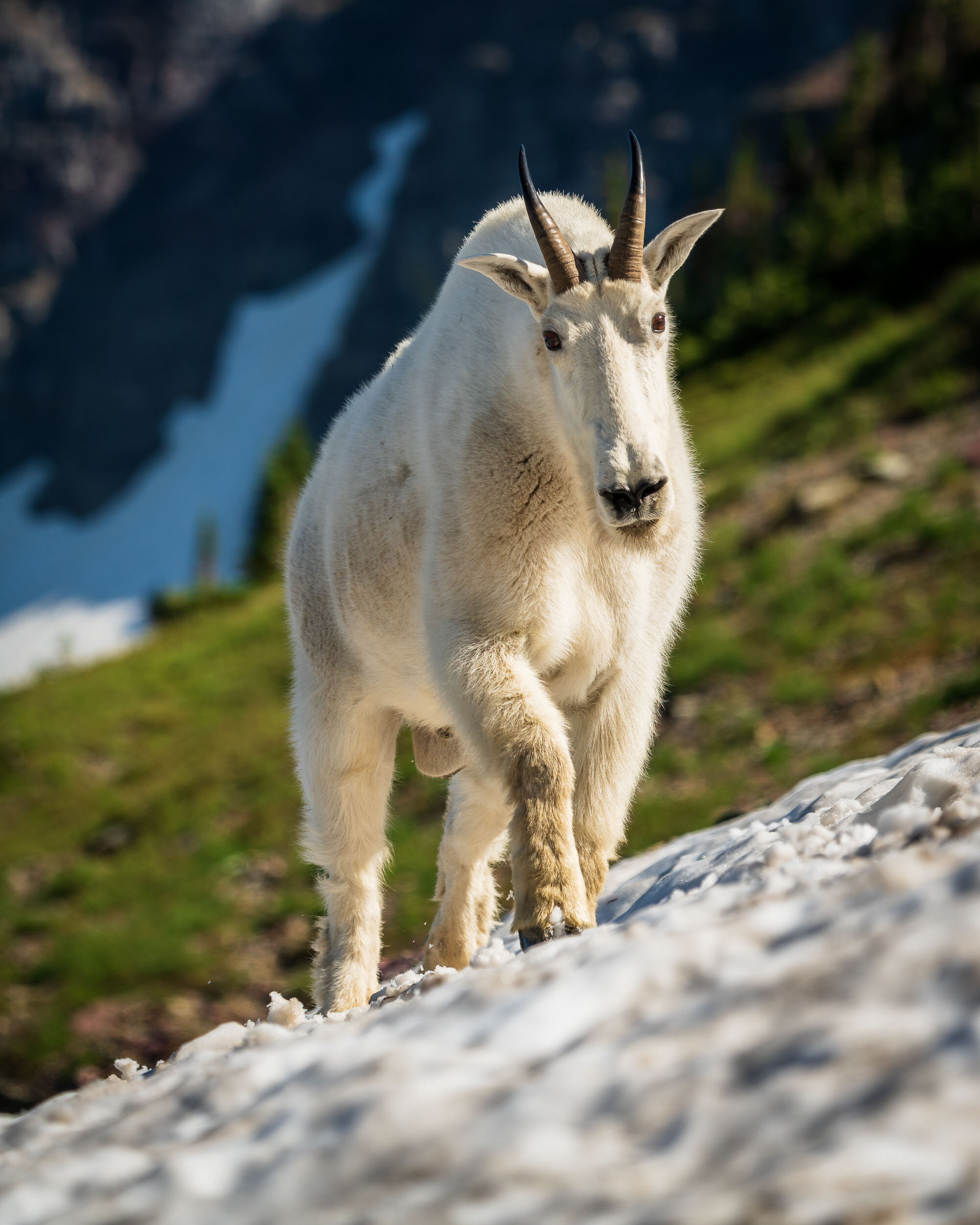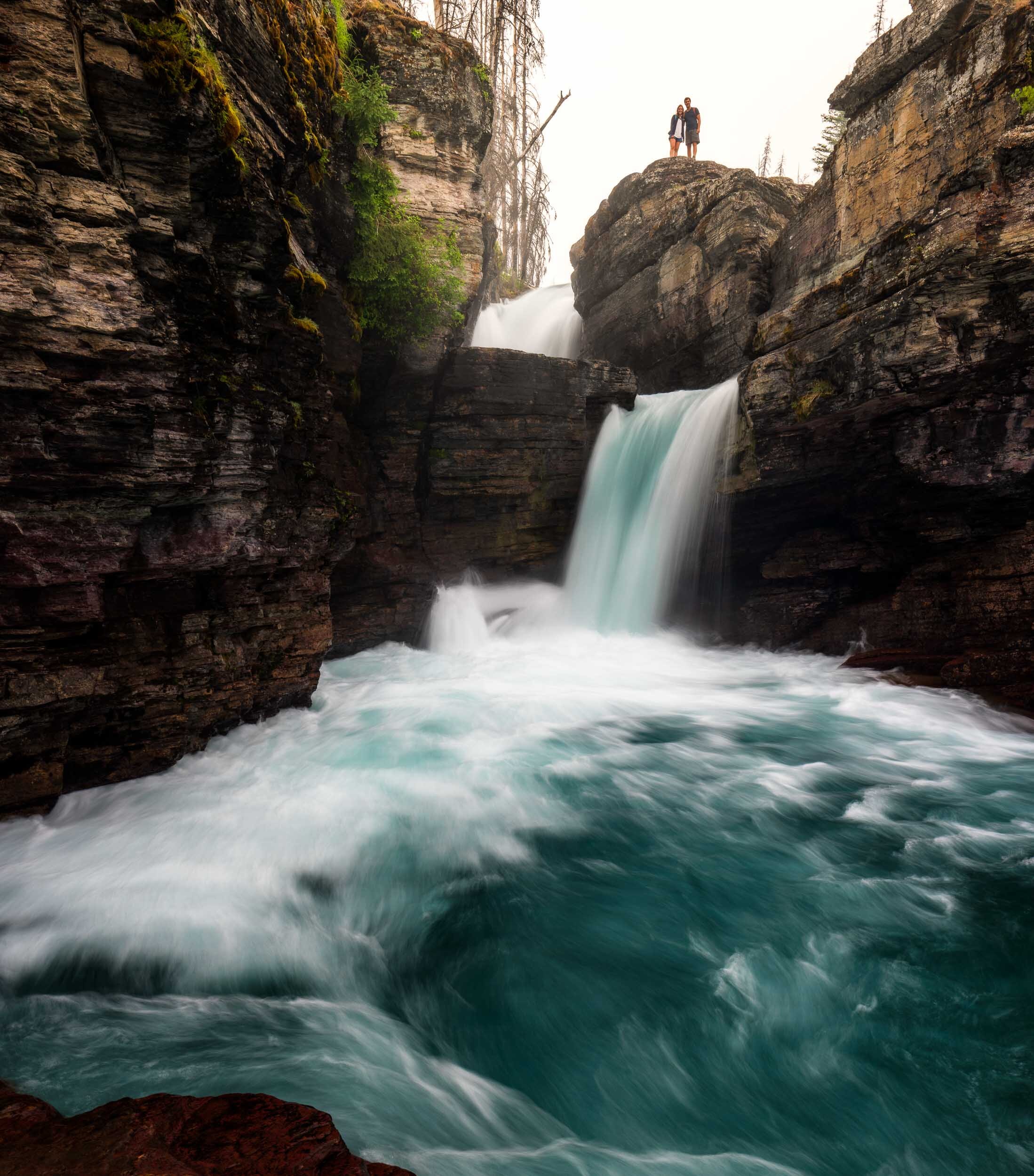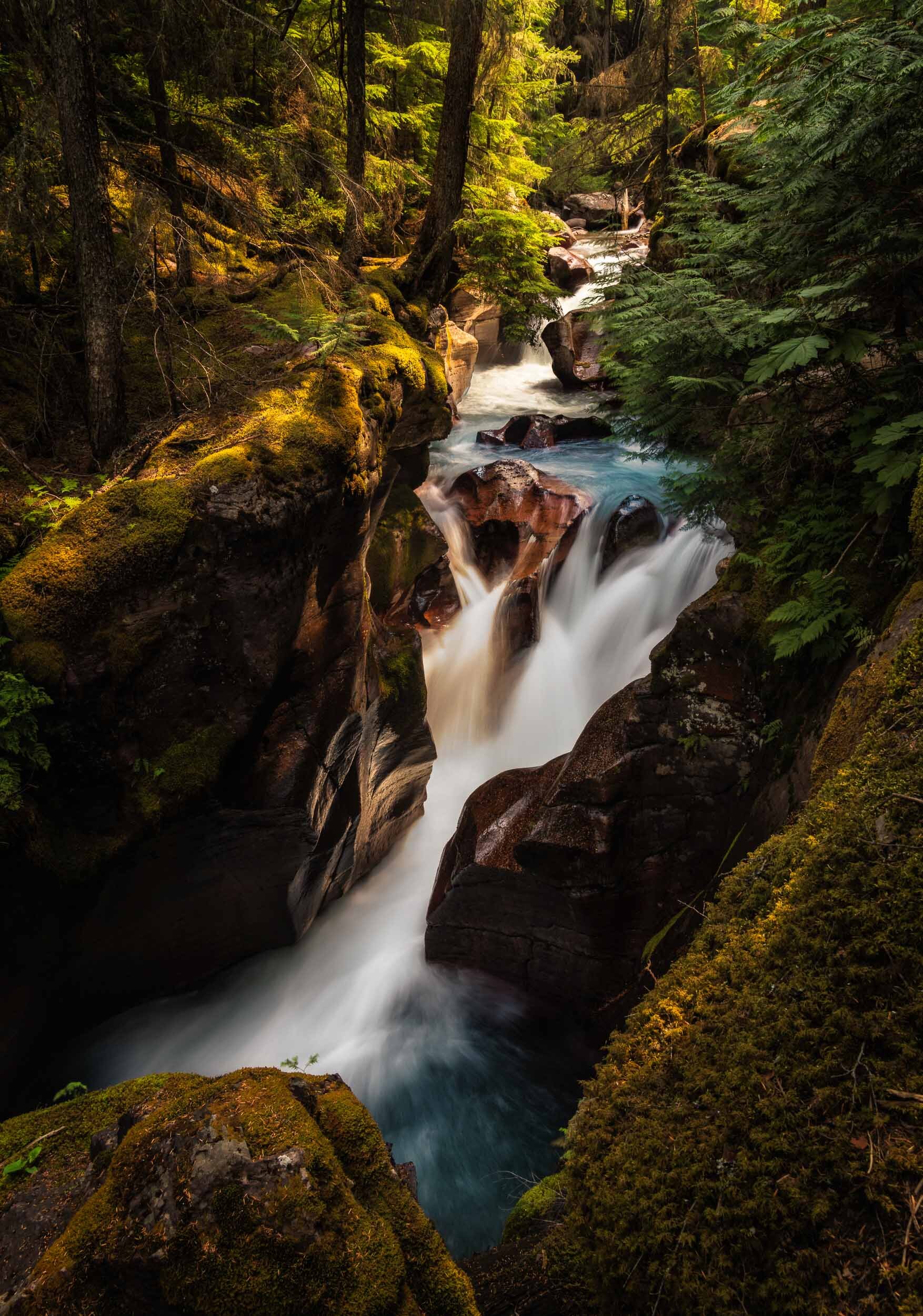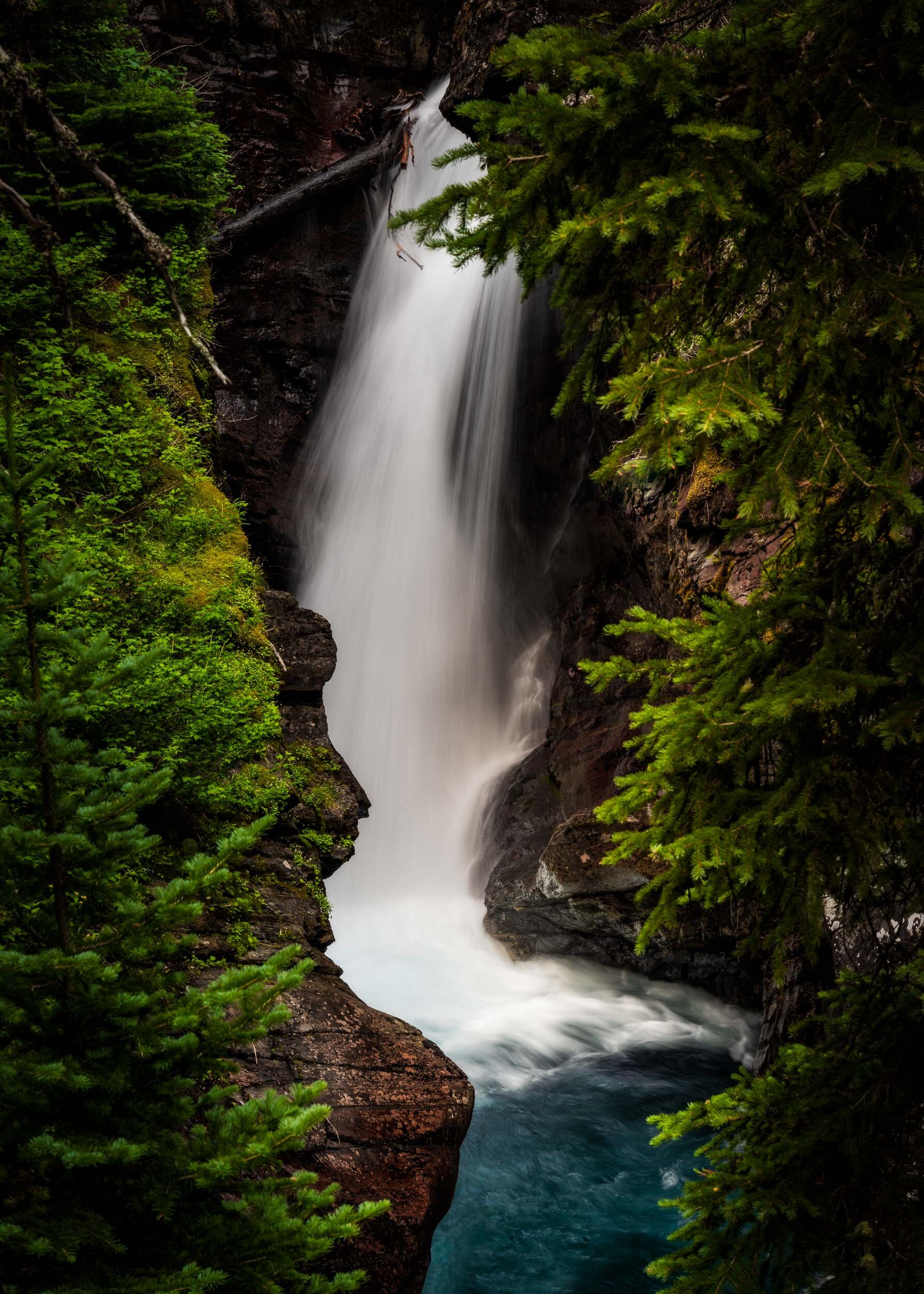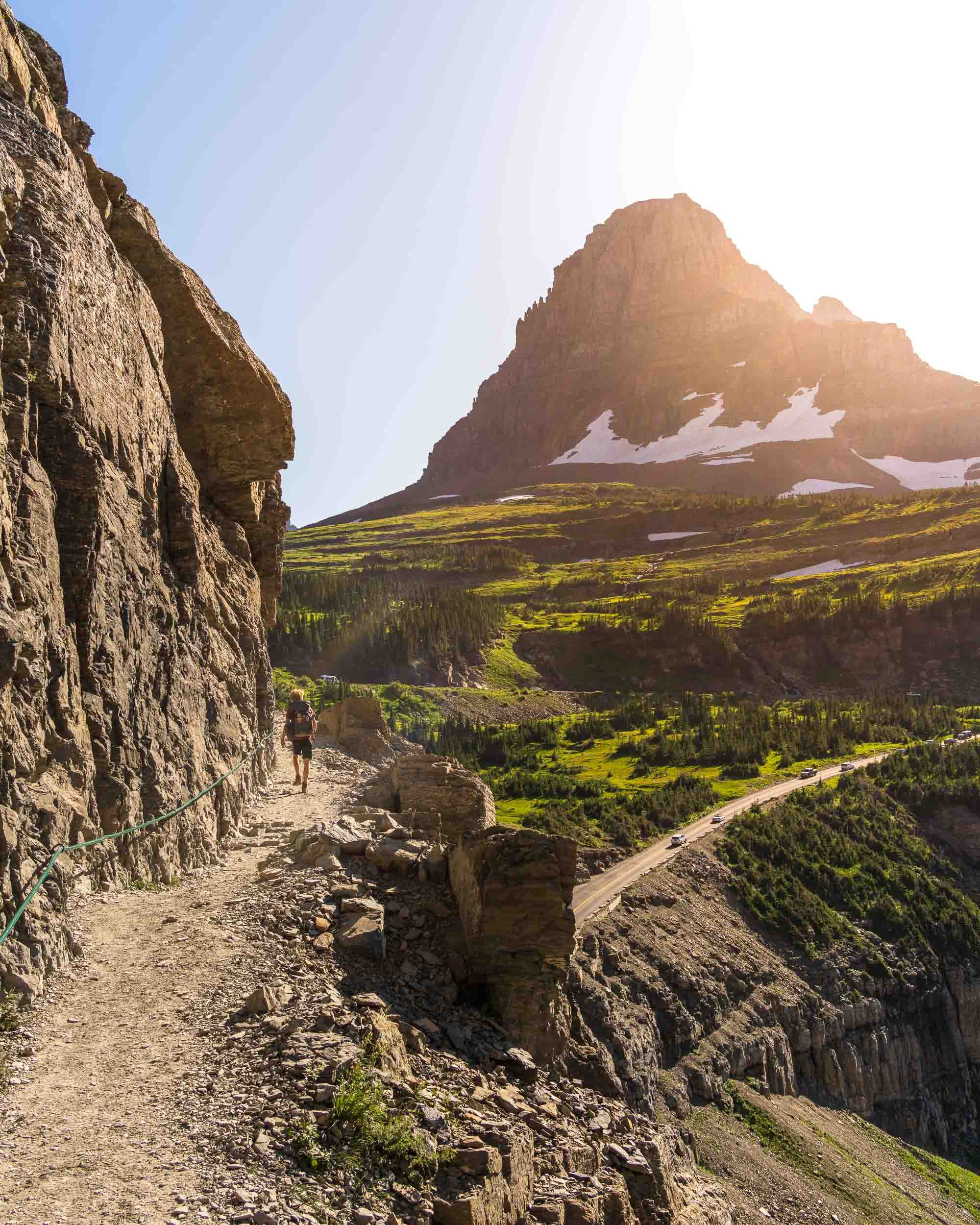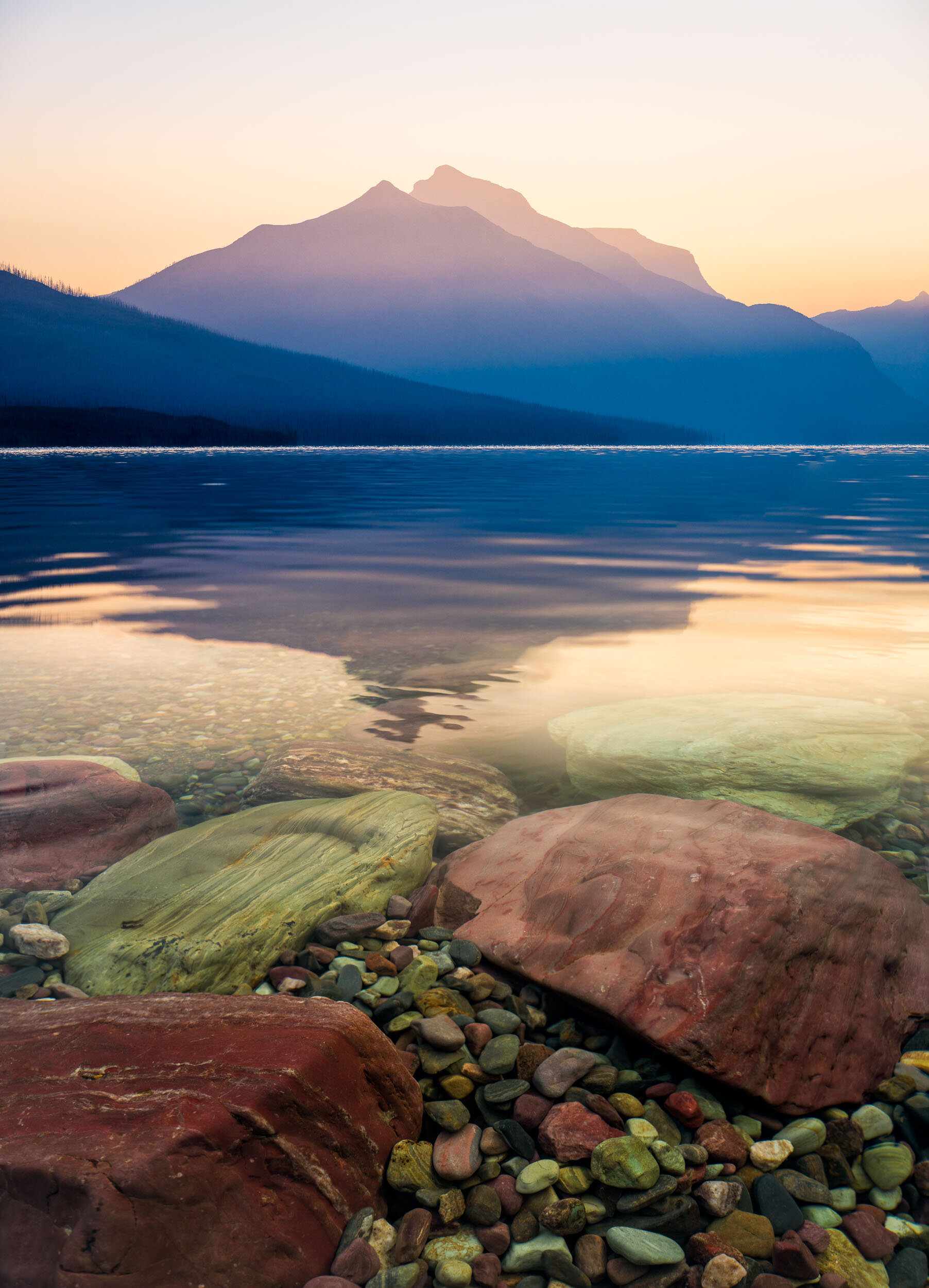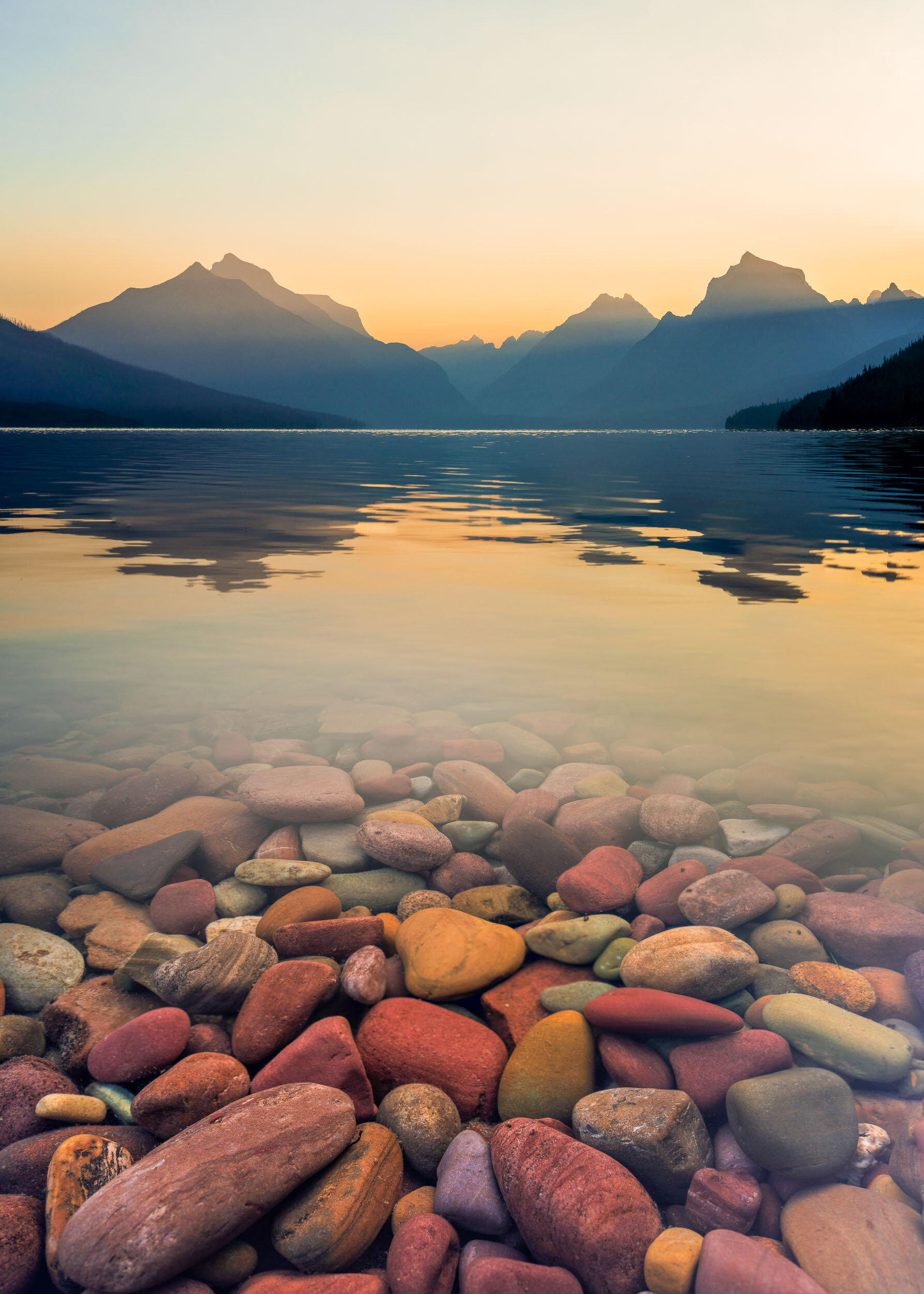Everyone loves a 360 degree mountain top view! Unfortunately in North and South Carolina these are hard to find. Many of the mountains are covered in trees and the views out are usually limited. This is why it is so special when you hike the Art Loeb trail in the Black Balsam Knob. The views are amazing in every direction!
Sunrise on the Art Loeb Trail
What’s even better is the area is open to dispersed camping with many campsites along the Art Loeb Trail from Black Balsam Knob all the way to Shining Rock. You can find completely exposed, mountain top sites (beware of storms and wind) as well as sheltered campsites in groves of trees.
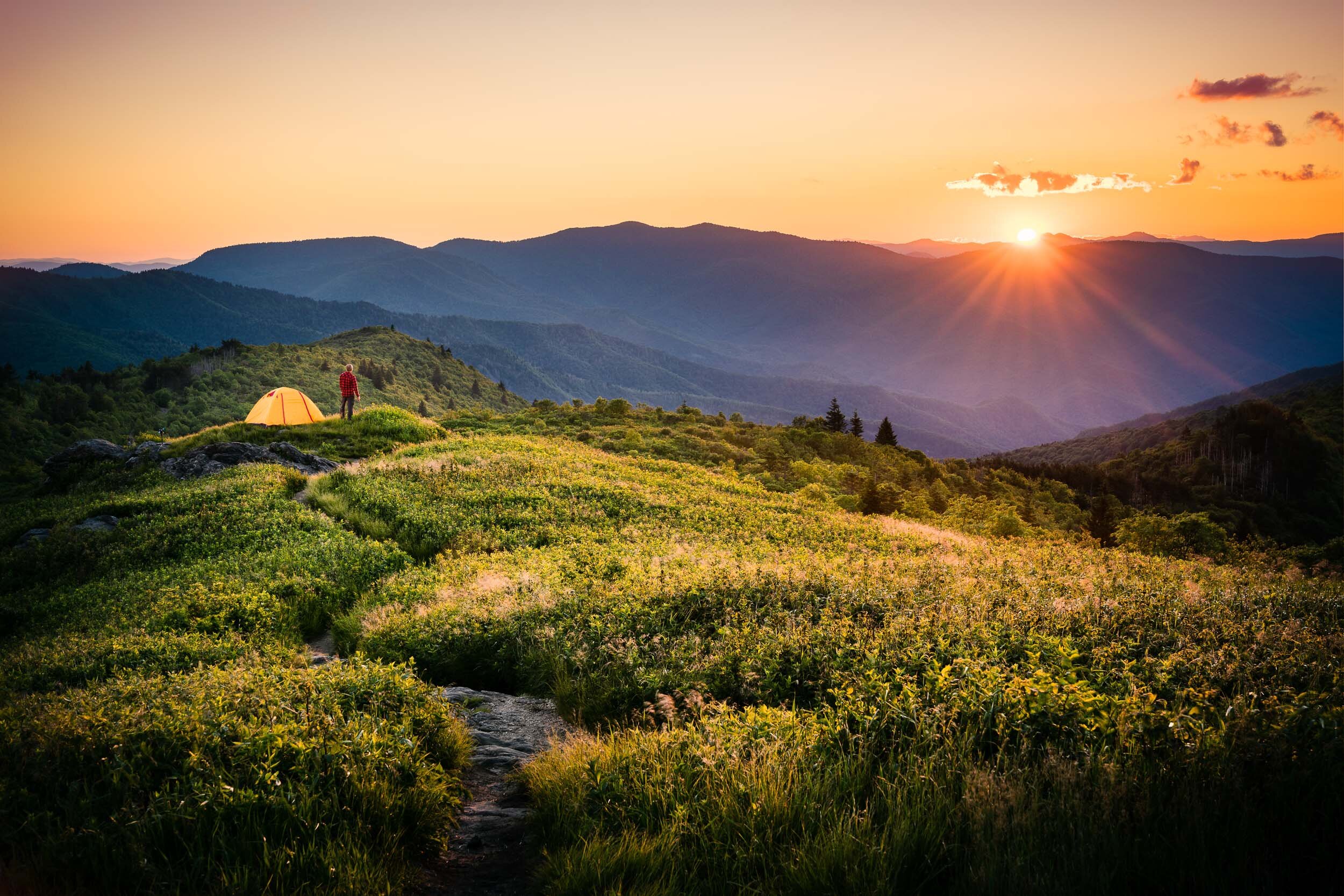
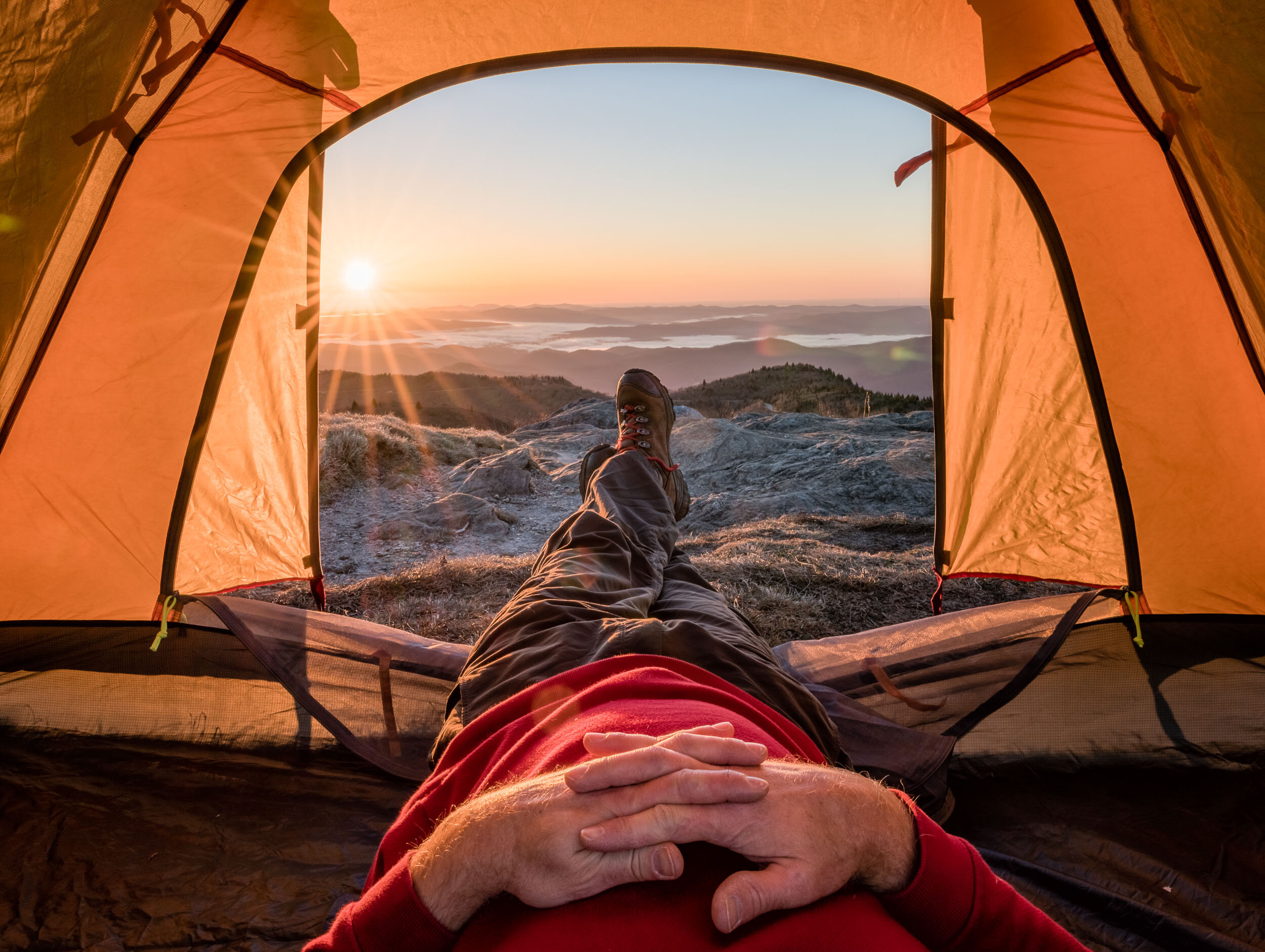
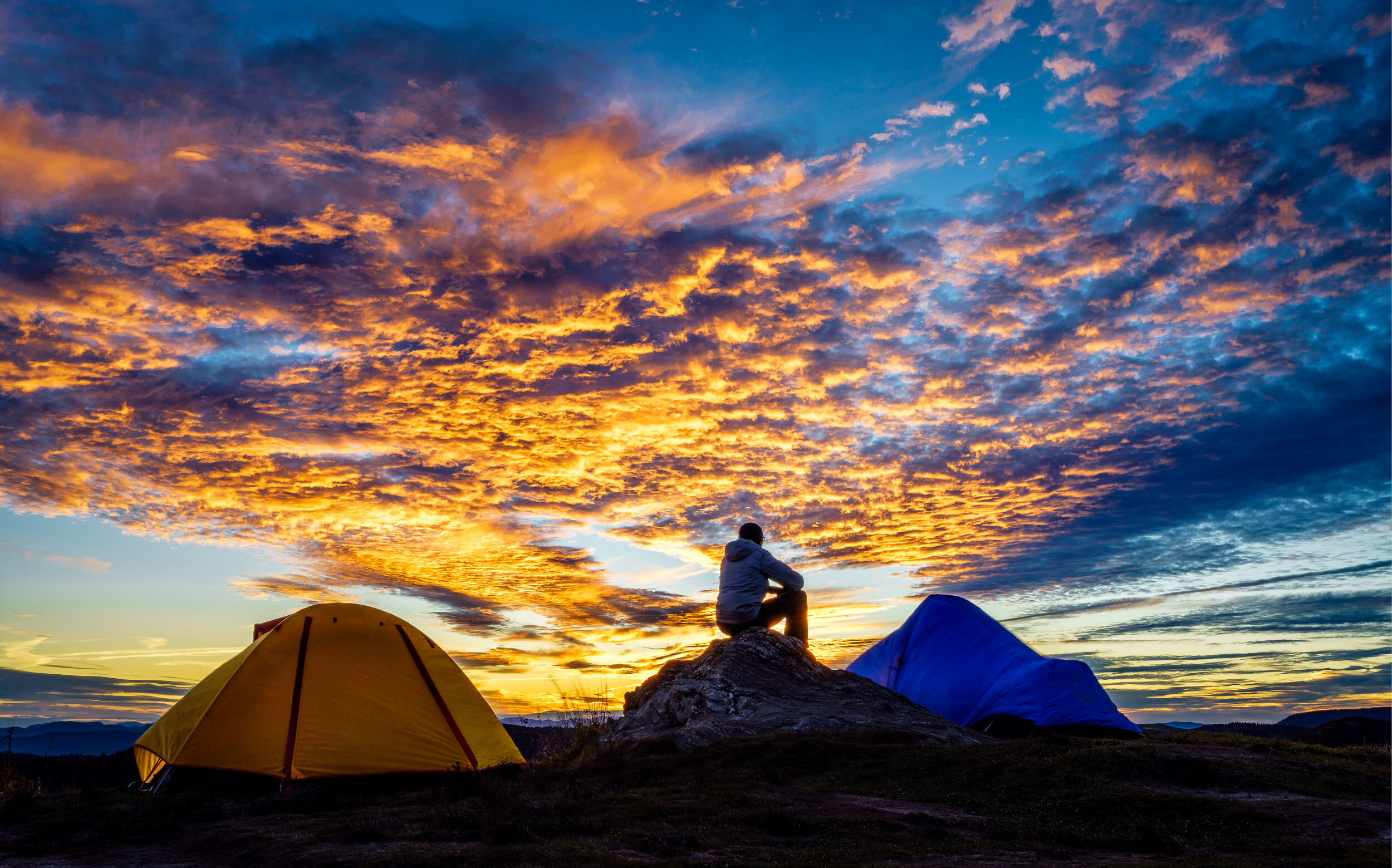
Finally one of the best reasons to camp out here is the night sky! While Brevard North Carolina creates some light pollution to the south the further you go, the darker the skies are. Perfect for capturing the Milky Way!
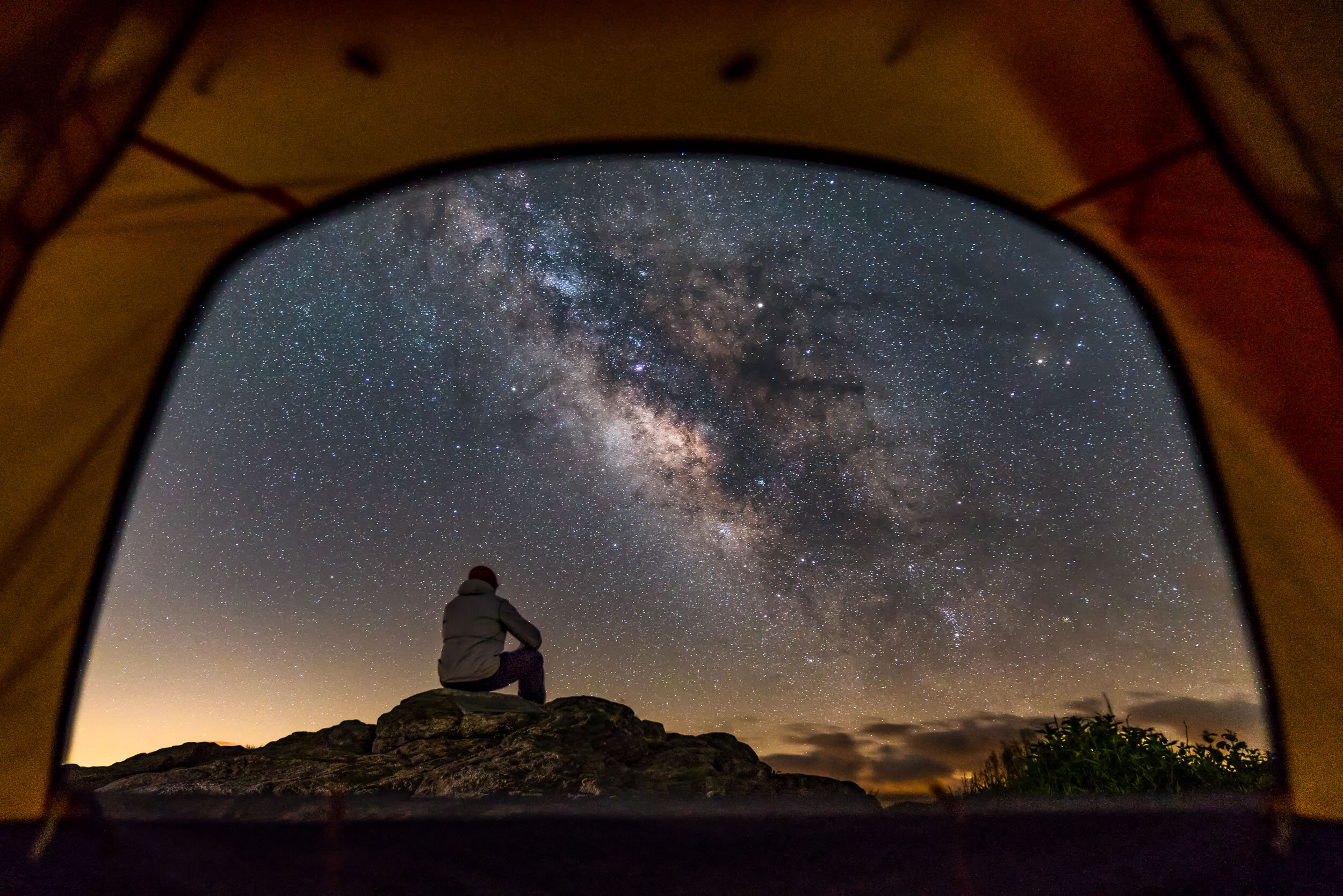
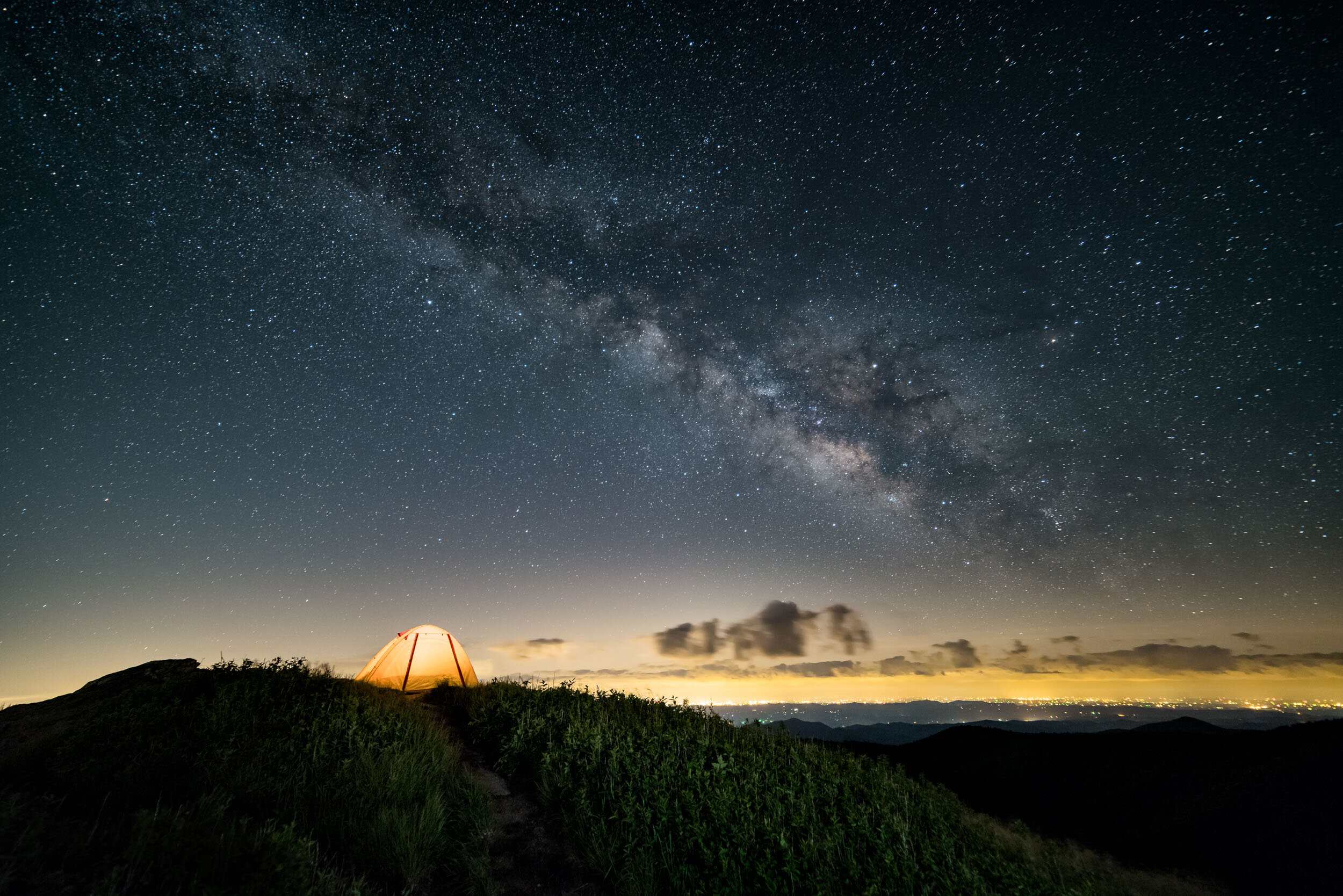
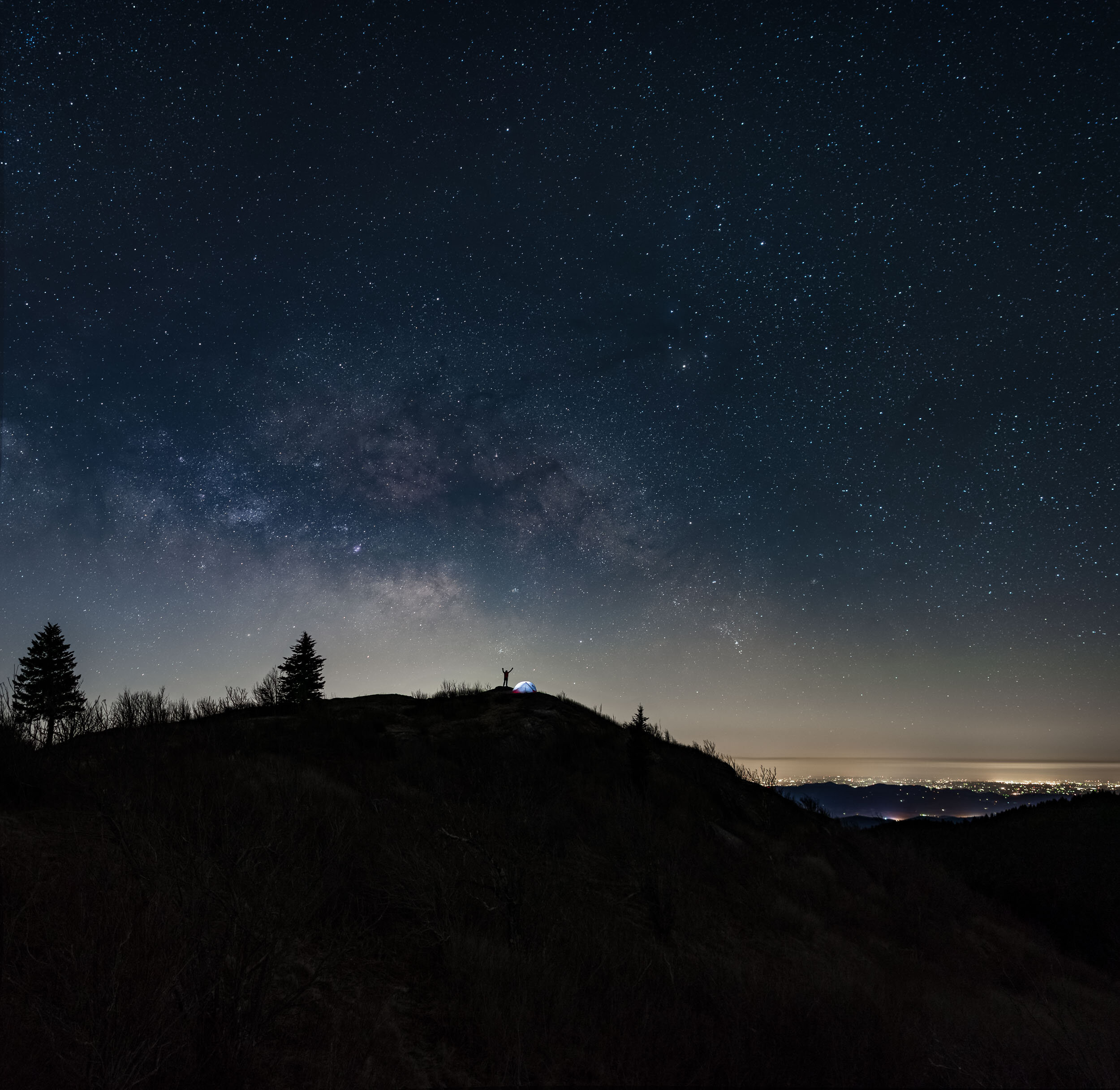
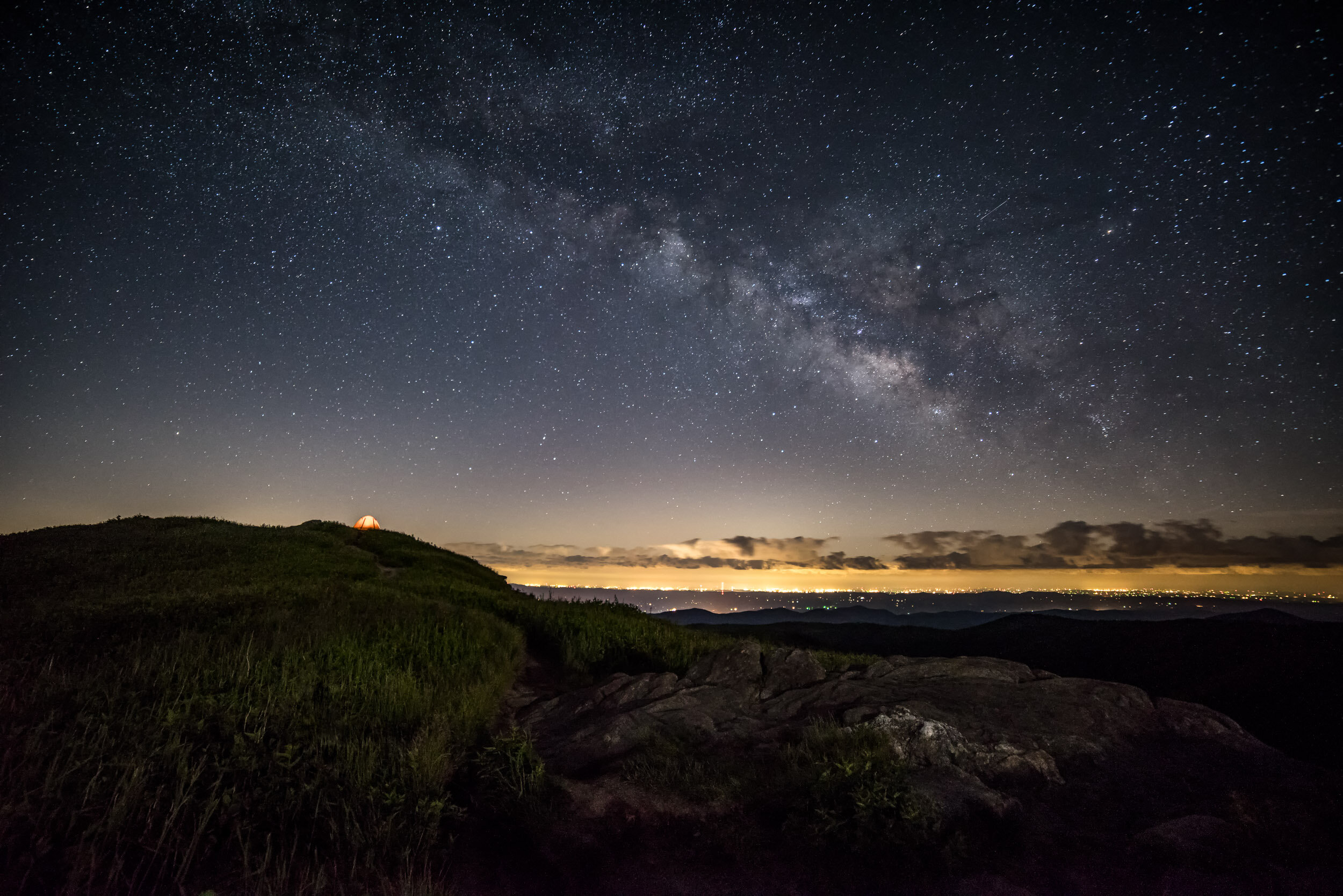
Feel free to contact me with any photography needs about the Art Loeb Trail or Black Balsam Knob area. It is a great location for outdoor product photography, adventurous portraits, and astrophotography!


